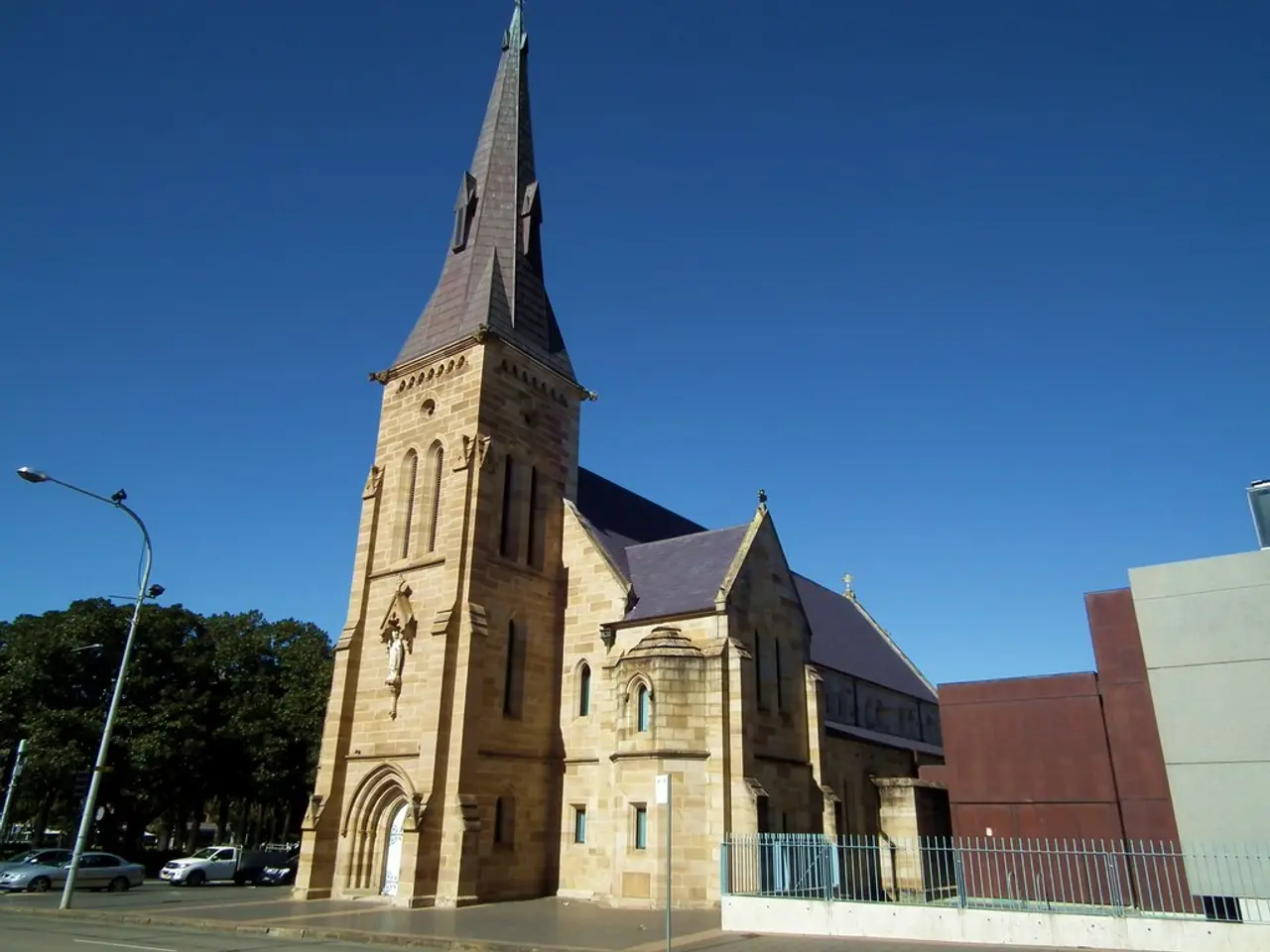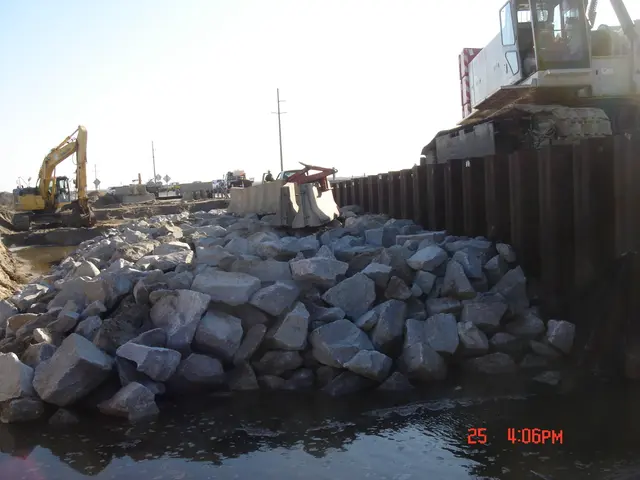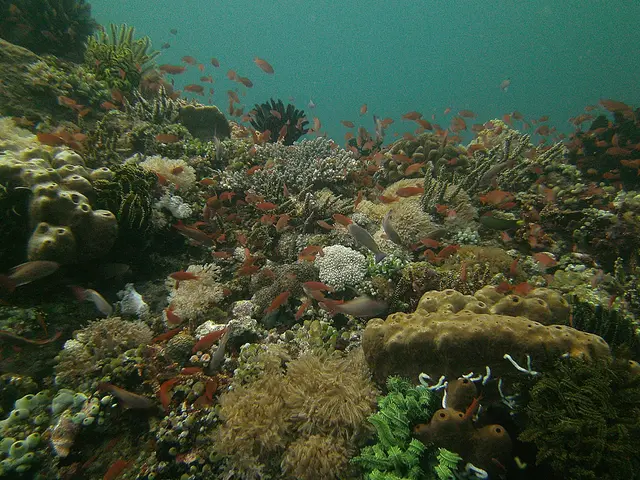Salzgitter AG Making Shift Towards Sustainable Steel Production
In an ambitious move towards a low-carbon future, Salzgitter Group, a leading German steel producer, has accelerated its SALCOS program to meet surging market demand for low- or net-zero-emission steel from sectors such as construction, automotive, and mechanical engineering.
Recognizing the need to reduce Scope 3 emissions, Salzgitter has signed long-term power purchase agreements (PPA) with Iberdrola Germany, Vattenfall, and EnBW for fossil-free electricity. This move is a significant step towards powering the company's transition from blast furnaces to direct reduction plants and electric arc furnaces.
However, the journey is not without challenges. Salzgitter requires 150,000 tonnes of hydrogen annually for SALCOS® phase 1, but its on-site 100MW electrolysis plant will only produce 9,000 tonnes. The remaining 141,000 tonnes must be sourced from external suppliers.
To address this gap, Salzgitter has partnered with mining firms to optimize iron ore supplies for direct reduction and collaborated with suppliers to ensure access to raw materials and engineering capacity for green steel manufacturing.
In April 2023, a consortium comprising Tenova, Danieli, and DSD Steel Group was contracted to build a direct reduction plant (DRP) on the site of Salzgitter Flachstahl GmbH (Salzgitter Flat Steel). This plant is a crucial part of Salzgitter's plan to produce low-emission steel.
The global demand for steel is forecast to rise from 1.9 billion tonnes in 2022 to 2.06 billion tonnes by 2030, driven by population and economic expansion in India, ASEAN countries, and Africa. Recognizing the urgent need for decarbonisation, the International Energy Agency (IEA) states that efforts in the iron and steel sector need to accelerate significantly to meet the Net Zero Emissions by 2050 (NZE) Scenario.
Salzgitter Group is investing €2.3bn for SALCOS® Phase 1, with €1bn in public support funding from the Federal Government and the State of Lower Saxony. The company has also signed two export credit agency- (ECA) covered green loan financings to support the decarbonisation of its steel manufacturing operations.
In September 2023, Salzgitter ordered a 100MW green hydrogen plant from technology provider Andritz Group. The availability and price of hydrogen are key requirements for producing CO2-reduced steel at scale and affordably.
The EU's Carbon Border Adjustment Mechanism (CBAM), introduced in October 2023, will gradually impose a levy on steel imports from countries without equivalent carbon price mechanisms, starting from 2026 to 2034. This measure is aimed at encouraging global steel producers to follow Salzgitter's lead in decarbonising their operations.
Salzgitter AG has not publicly specified particular countries for green hydrogen supply for SALCOS® Phase 1 in 2026 based on available information. However, the company is expected to play a significant role in shaping the future of steelmaking technology and contributing to a more sustainable global steel industry.
Consulting firm Bain and Company expects between 15% and 25% of European steel production to be low carbon by 2030, which would equal between 25 million to 35 million metric tonnes. With its ambitious SALCOS program, Salzgitter Group is poised to make a substantial contribution to this goal.
The EU will also gradually end free Emissions Trading System (ETS) allowances for steel producers to address carbon leakage. This move, coupled with the CBAM, is expected to further incentivize steel producers to adopt low-carbon technologies like those being pursued by Salzgitter.
Salzgitter's SALCOS program, scheduled for full implementation by 2033, aims to reduce the company's CO2 emissions by 95% for its full production capacity (4.7 million tonnes/annum) in Salzgitter. This commitment to sustainability and innovation positions Salzgitter as a leader in the global transition towards a greener steel industry.







